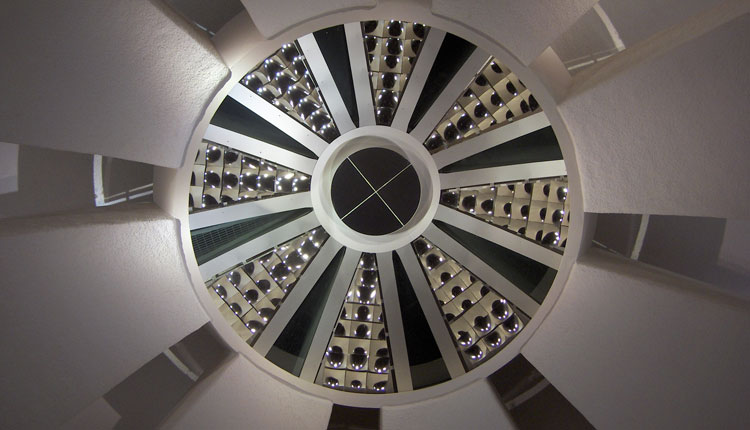Interior Design for Children with Autism
A recent post by one of our authors demonstrating what it’s like to have autism inspired me to research the effect of color on children with autism, with the intention of offering suggestions for creating peaceful physical environments for them.
Color is a major issue in the design of spaces for children with autism and researchers have even found anomalies in the eye components of these individuals. Their rods and cones appear to have changed due to chemical imbalances or neural deficiencies.
In a test of children with autism, 85% saw colors with greater intensity than neurotypical children, with red appearing nearly fluorescent, and vibrating with intensity. Only 10% saw the color as neurotypical children do and only 5% of the children with autism saw muted colors. This small percentage of children would be alone in seeking out primary and other vibrant colors because they perceive everything as gray.
Muted colors have a calming effect upon children with autism. Pale pink has been demonstrated through tests to be their favorite color overall. Cool colors such as blue and green are also soothing. A monochromatic color scheme is preferable, designs in fabric and wall hangings should be non-linear and non-obtrusive. Primary colors should be limited to lightweight toys that can be put away.
Simplifying and reducing the amount of stimuli is of paramount importance. Keeping toys and books out of sight reduces clutter and stimulates verbal requests from the child. However, items such as coat and hat racks should remain in clear view to help the child learn the skills of independence.
Shades, with their multitude of lines, as well as drapes can be distracting. Inside mount blinds are optimal, with the window frame painted the same color to create a uniform effect.
While carpeting is recommended for its noise reduction and safety features, a pre-finished hardwood floor overlaid with a 100% wool carpet, along with a jute back is best for its low toxicity and minimal chance of provoking allergies.
Lighting is also an important consideration as glare, noise and flickering can create sensory havoc. Uplighting or diffused lighting is suggested to reduce glare. Florescent lights are to be avoided.
Furniture should be heavy or bolted to the wall or floor. Bean bag chairs are touted for autism, but the suffocation risk is very real. Chairs are now made on the same principle, but stuffed with foam.
I recently bought a papasan chair and my sons with autism adore it!
Yard sale season is upon us — good luck in clearing the clutter and creating a soothing home environment for your child with autism.

